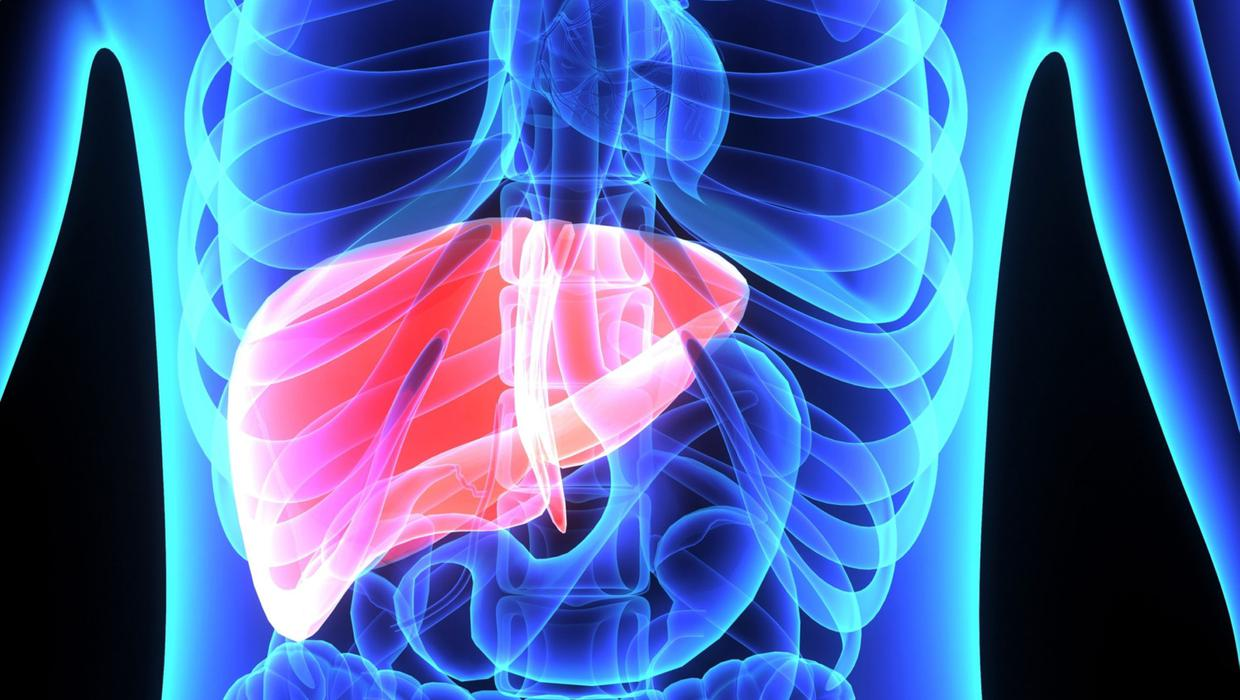Hemochromatosis is due to an accumulation of iron in the body and, if it is not diagnosed and treated correctly, it can have fatal consequences on the liver and increase the risk of death from cardiomyopathy.
Hemochromatosis disorder caused by impaired iron metabolism. Iron is an essential element for the body, on normal physiological concentrations found in the body in an amount of around 4 to 5 grams, distributed in hemoglobin, the reticuloendothelial system and liver, myoglobin, and various enzyme systems. However, it is very harmful when found in larger quantities since it generates free radicals that cause organic damage.
In Hemochromatosis, there is excessive and inadequate absorption of iron in the digestive tract, which has a consequence that the metal accumulates in the organs and systems of the patient. This deposit can cause damage to the organs, especially the liver.
Incidence of Hemochromatosis
It is the most common genetic disease in the white population of the West. It affects one in every 200 to 300 people. It is generally suffered by men (in a ratio of five men to each woman) since it is more difficult for iron to accumulate in women due to menstrual losses or pregnancy.
In men’s cases, it usually manifests between the ages of 30 and 50, while in women, the symptoms appear at an age greater than 50 years. Alcohol abuse and having a family member with Hemochromatosis increases the chances of developing the disease.
Stages of Hemochromatosis
In the evolution of Hemochromatosis, different stages can be distinguished:
Stage 1: there is a deficiency, but there is still no iron overload.
Stage 2: Iron overload is present, but symptoms are not disease-specific. The patient is tired and lethargic, but these can be symptoms of many other diseases.
Stage 3: there is iron overload, and the patient presents the characteristic symptoms of the disease.
Causes and types of Hemochromatosis
Hereditary or primary Hemochromatosis
It is due to a genetic alteration that causes a mutation in a gene, which causes greater absorption of iron in the digestive tract than would occur under normal conditions.
Acquired or secondary Hemochromatosis
In this case, the accumulation of iron in the organs is due to different causes:
- Repeat blood transfusions: Some people need multiple blood transfusions to treat their conditions, and these transfusions increase iron stores.
- Hemolytic anemia: the red blood cells of patients suffering from this type of anemia are destroyed, releasing iron, which tends to be deposited in the tissues.
- Chronic alcoholism: some drinks (for example, wine) provide large amounts of iron when consumed in abundance.
- Congenital transferrin deficiency: transferrin is the protein responsible for transporting iron and, when its level in the body is low or non-existent, iron accumulates in the tissues instead of traveling through the blood. This deficiency improves when a transfusion of this protein is performed.
- Aceruloplasminemia: Mutation in the ceruloplasmin gene causes iron to accumulate in the liver, central nervous system, and eyes.
- Excessive iron intake: the massive consumption of foods with a strong iron load can increase this metal’s intestinal absorption.
- Porphyria Cutanea Previa: People with this disease have the mutated hemochromatosis gene.
- A complication of the surgical intervention of the portocaval deviation.
- Neonatal Hemochromatosis: caused by severe liver failure that affects the fetus while still in the womb.
Symptoms of Hemochromatosis
A patient with Hemochromatosis presents symptoms that will differ depending on in which organ the iron is accumulating. To cause tissue damage, iron must be in a concentration greater than 20 grams.
In all cases, however, the presence of generalized hemosiderosis is observed. Hemosiderosis is a yellow or brown pigment derived from hemoglobin, which appears when iron levels are higher than physiological.
Hepatic injury
The most common thing is that the liver is the most affected organ when faced with an excess of iron. The most characteristic sign is hepatomegaly (liver that is too large), especially of the left lobe, and a firm consistency on palpation. Less common signs are:
- Splenomegaly (swollen spleen).
- Ascites (abnormal accumulation of fluid in the abdomen).
- Edema.
Heart damage
In 30% of patients, iron accumulates in cardiac muscle fibers, which can cause two heart-related disorders:
- They may present with congestive heart failure, which manifests as fatigue, asthenia, and edema in the feet.
- They can present arrhythmias (heart rhythm disturbances): bradycardias, atrial and ventricular tachycardias, and extrasystoles.










